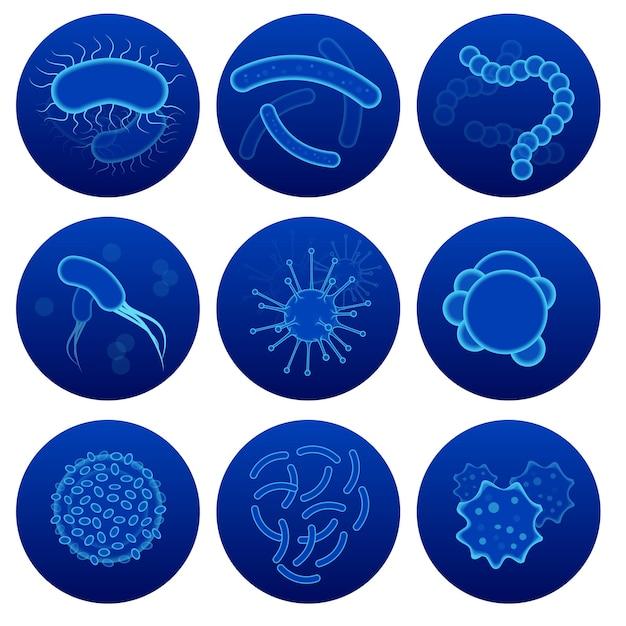Welcome to our blog post where we delve into the intriguing world of micro, meso, and macro levels. Have you ever wondered what lies behind these terms and how they relate to various aspects of our lives? Well, you’re in the right place! In this article, we will break down the differences between micro, meso, and macro, explaining their meaning, application, and significance. Get ready to unveil the layers that shape our understanding of systems, social work practice, and analysis.
From the micro-level, where things are up close and personal, to the macro-level, where broader influences come into play, these terms play an important role in fields such as psychology, sociology, and social work. Whether you’re a student studying these disciplines or simply someone curious about how the world works, this article will provide you with the knowledge you need to grasp these concepts. So, let’s get started by exploring the fascinating realms of micro, meso, and macro levels!
Stay tuned as we dive into the intricacies of Bronfenbrenner’s five levels, examine real-life examples of macro systems, and uncover the nuances between micro and macro analysis. By the end of this article, you’ll have a solid understanding of the different levels and their implications in our everyday lives. Get ready to expand your knowledge, broaden your perspective, and gain insights into the intricacies of micro, meso, and macro levels. Let’s begin this captivating journey together!
Read on to discover the fascinating differences and applications of micro, meso, and macro levels…

What is the Difference Between Micro, Meso, and Macro?
Understanding the difference between micro, meso, and macro is like deciphering the secret language of the social sciences. But fear not, fellow knowledge seekers, for I am here to lift the veil of confusion and shed some light on these elusive terms.
Unmasking the Micro World
Let’s start with the micro level. Think of it as zooming in with a microscope, examining the smallest building blocks of society. Here, we delve into the individual and take a close look at their thoughts, behaviors, and interactions. It’s like being a detective, trying to unravel the mysteries of human action one case at a time.
Grasping the Meso Mystery
Now, imagine stepping back a little. You’re no longer focused solely on individuals, but instead, you’re examining the groups they belong to—the meso level. It’s like being a social butterfly, flitting from one social circle to another, observing how these groups function, communicate, and influence one another. This level might include things like organizations, communities, or even entire industries. It’s all about the connections, baby!
Conquering the Macro Universe
And finally, we arrive at the big daddy of them all—the macro level. This is where we don our space suits and take a cosmic view of the entire society. It’s like being an astronaut floating through the vast expanse of social structures, institutions, and cultural norms. Here, we ponder questions about social inequality, politics, and global economics—how the cogs and gears of society fit together to shape our world.
A Balancing Act
Each level—micro, meso, and macro—offers a unique perspective on the grand tapestry of human existence. They’re not separate islands, but rather interconnected realms that influence and feed into one another. Picture them as the trinity of sociology, with each level building upon and challenging the others.
So, my fellow adventurers in the realm of social sciences, armed with this newfound knowledge, go forth and conquer the micro, meso, and macro worlds!

FAQ: What is the difference between micro, meso, and macro?
Welcome to our comprehensive FAQ-style guide that will unravel the differences between micro, meso, and macro! We’re here to provide you with entertaining and engaging answers to frequently asked questions surrounding these concepts. So, let’s dive right in.
What is macro-level and micro-level
Macro-level focuses on big-picture analysis, examining society as a whole. It looks at broad social structures, systems, and overarching patterns that shape human behavior. On the other hand, micro-level analysis zooms in on individual experiences, interactions, and behaviors within a particular context.
What is the role of micro and macro analysis
Micro analysis helps us understand how individuals navigate their personal lives, relationships, and immediate environments. It delves into the intricate details and intimate aspects of human existence. In contrast, macro analysis allows us to grasp the larger social forces and institutions that impact individuals and shape societies.
What are the 5 levels of Bronfenbrenner
Bronfenbrenner’s ecological systems theory outlines five levels of influence on an individual’s development. These levels are the microsystem, mesosystem, exosystem, macrosystem, and chronosystem. Each level influences an individual in different ways, ranging from direct and immediate interactions to broader cultural and historical factors.
What is an example of a macro system
A great example of a macro system is government. It encompasses laws, policies, and institutions that impact society as a whole. Political systems, economic structures, and cultural norms also fall under the umbrella of macro systems.
What is the difference between micro, meso, and macro
In a nutshell, the micro level deals with the small-scale interactions and experiences of individuals, the meso level examines the connections and interactions within specific groups or communities, and the macro level looks at the broader social structures and systems that shape societies.
What does macro-level mean
When we say macro-level, it refers to the analysis of phenomena on a large scale. It encompasses an examination of societal, cultural, economic, and political structures, seeking to understand the patterns and dynamics that influence human behavior and social interactions.
What is micro-level analysis
Micro-level analysis involves scrutinizing individual experiences, behaviors, and interactions within a particular context. By focusing on the minute details, it allows us to gain a deeper understanding of how individuals navigate and make sense of their immediate environments.
What does Bronfenbrenner’s Macrosystem consist of
Bronfenbrenner’s Macrosystem represents the overarching cultural context in which the other ecological systems operate. It includes cultural values, beliefs, customs, laws, and resources that influence and shape the development of individuals within a society.
What does macro mean
In a general sense, the term “macro” refers to something on a larger scale or broader scope. It suggests a perspective that encompasses the bigger picture, zooming out to observe patterns, structures, and systems.
What is the difference between micro and macro social work practice
Micro social work practice focuses on individual clients, assisting them in addressing personal challenges and enhancing their well-being. On the other hand, macro social work practice involves working at a larger scale, aiming to create systemic change by addressing social issues, advocating for policy reforms, and promoting social justice.
What is Exosystem and Mesosystem
The mesosystem consists of the connections and interactions between different micro-level settings in an individual’s life. For instance, the relationship between a child’s school and home environment forms part of the mesosystem. The exosystem includes settings that indirectly affect an individual’s development, such as a parent’s workplace or a local government’s policies.
What is the microsystem
The microsystem corresponds to an individual’s immediate, everyday environment. It encompasses the people and institutions that directly impact an individual’s life, such as family, friends, school, and community. It is within the microsystem that most direct interactions and experiences occur.
We hope these answers have shed light on the often-confusing distinctions between micro, meso, and macro. Whether you’re analyzing individual behavior or uncovering societal patterns, understanding these different levels of analysis allows for a comprehensive exploration of human life and the world we inhabit.
